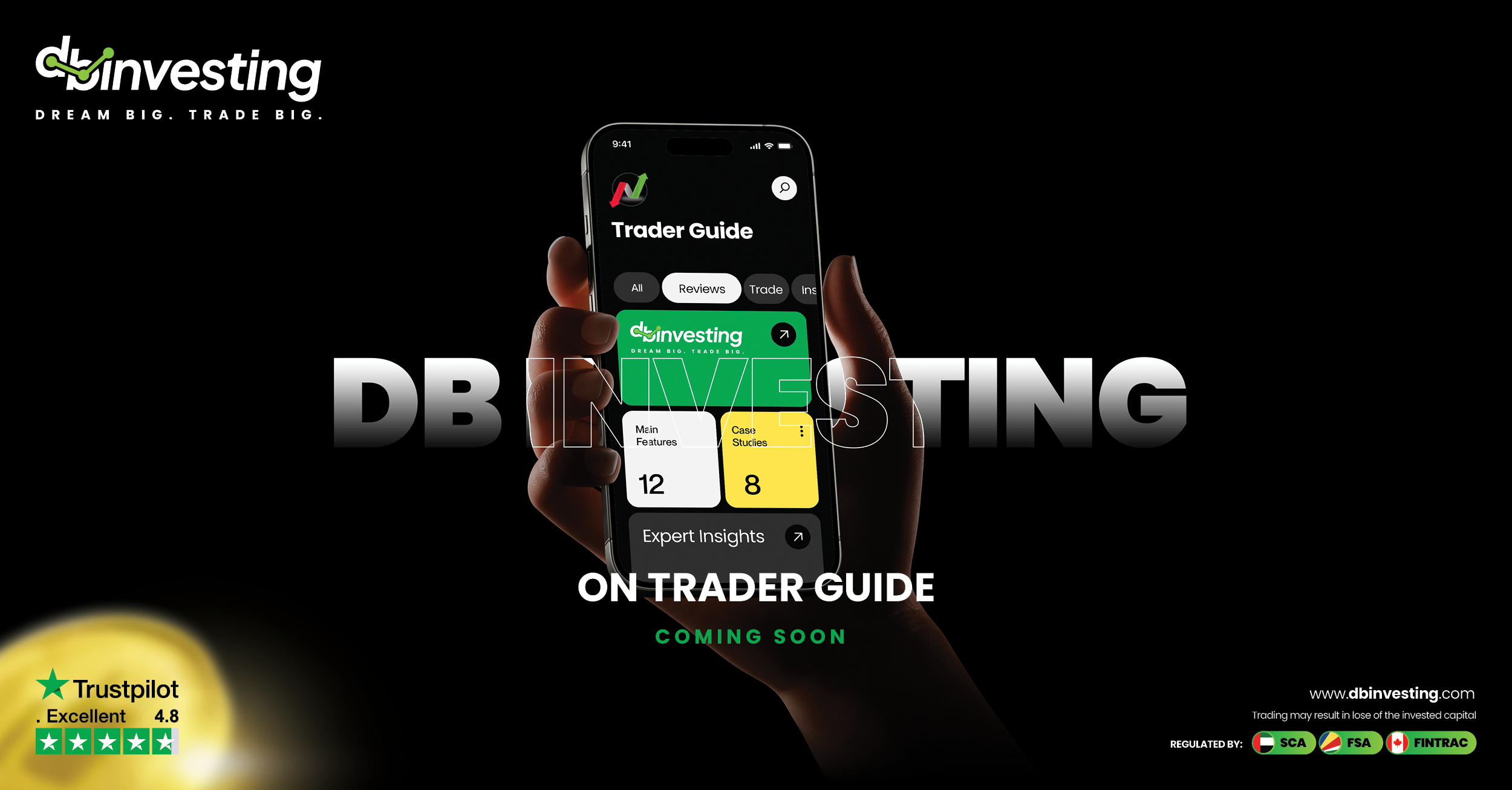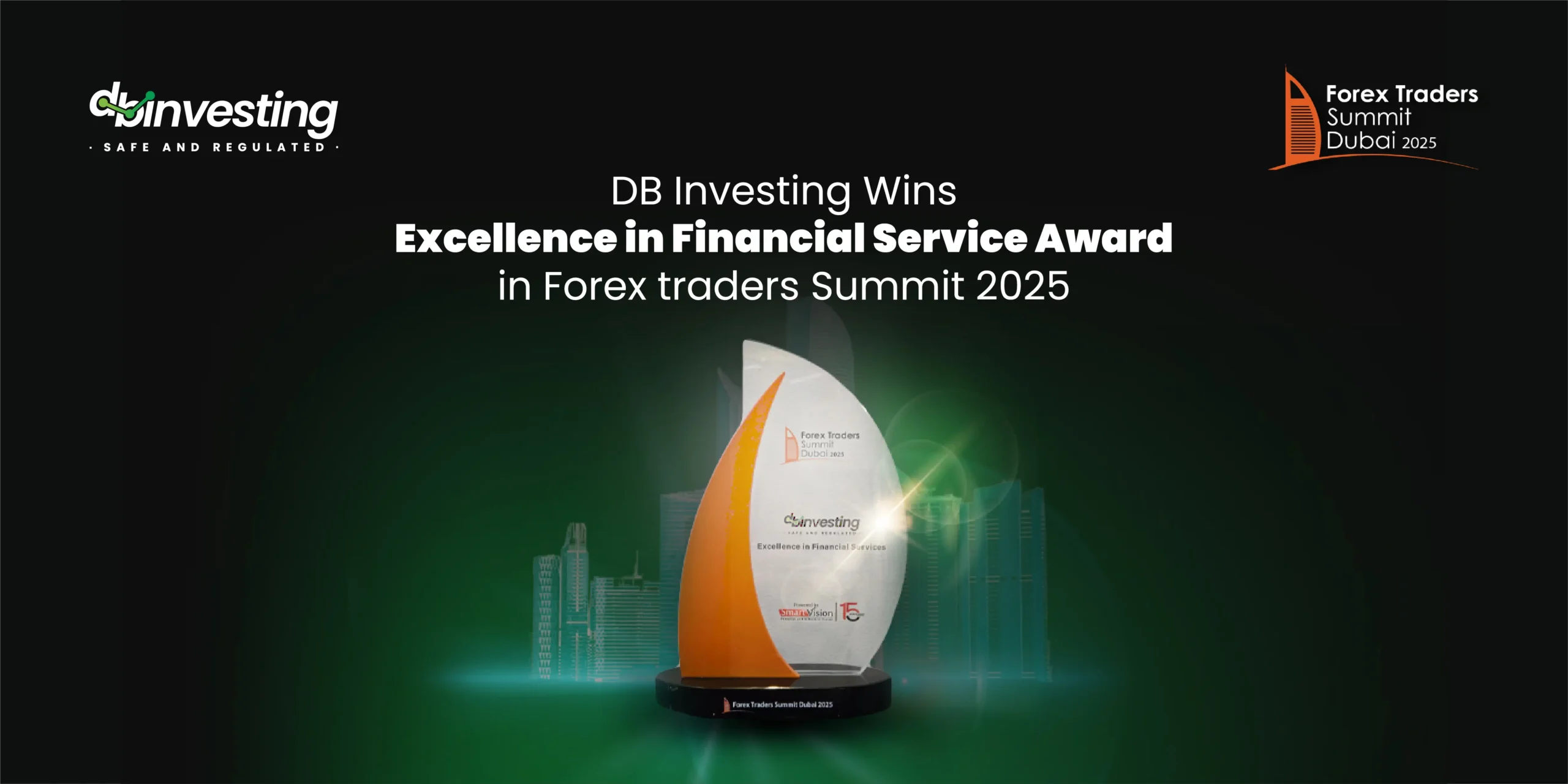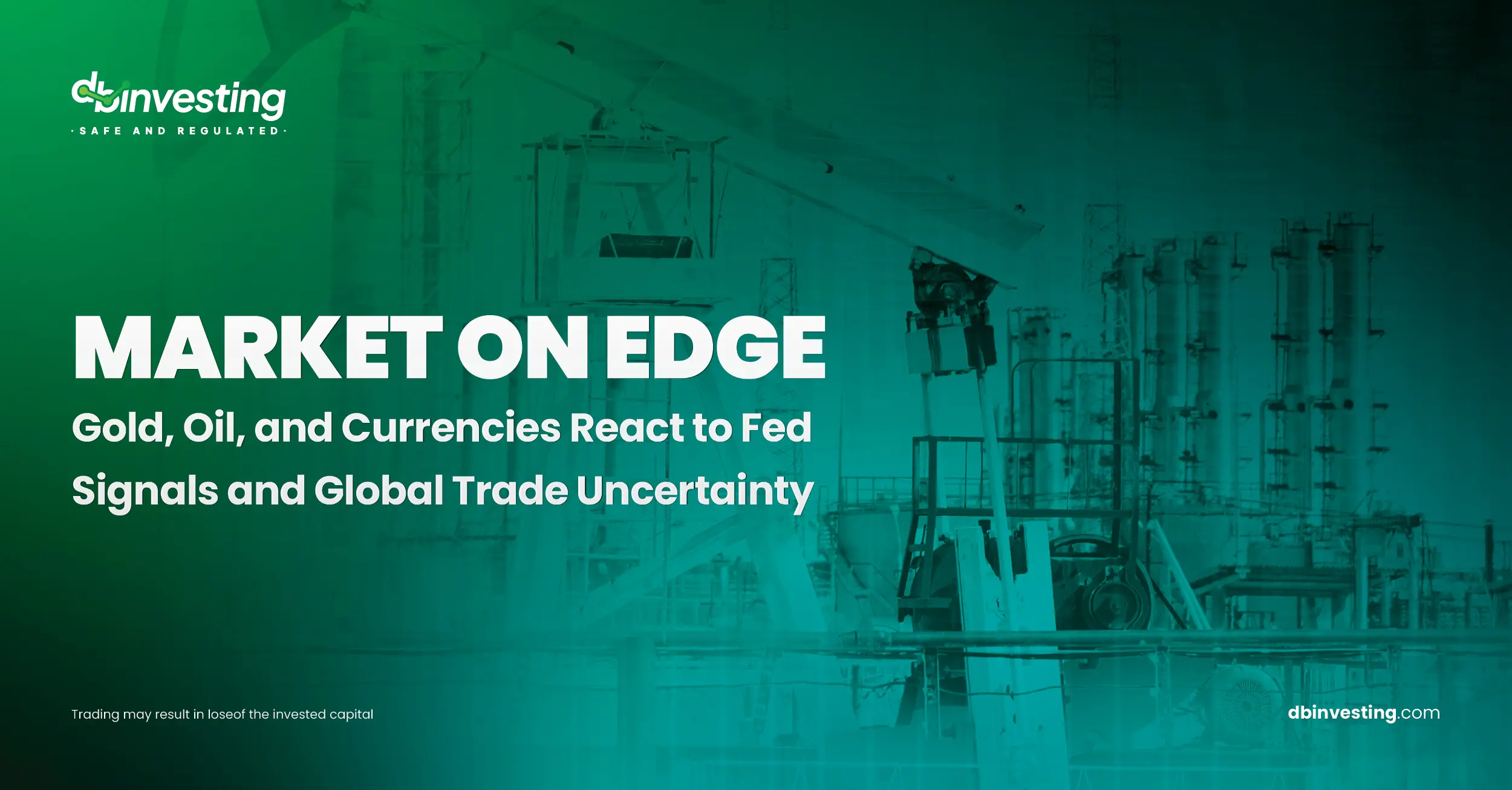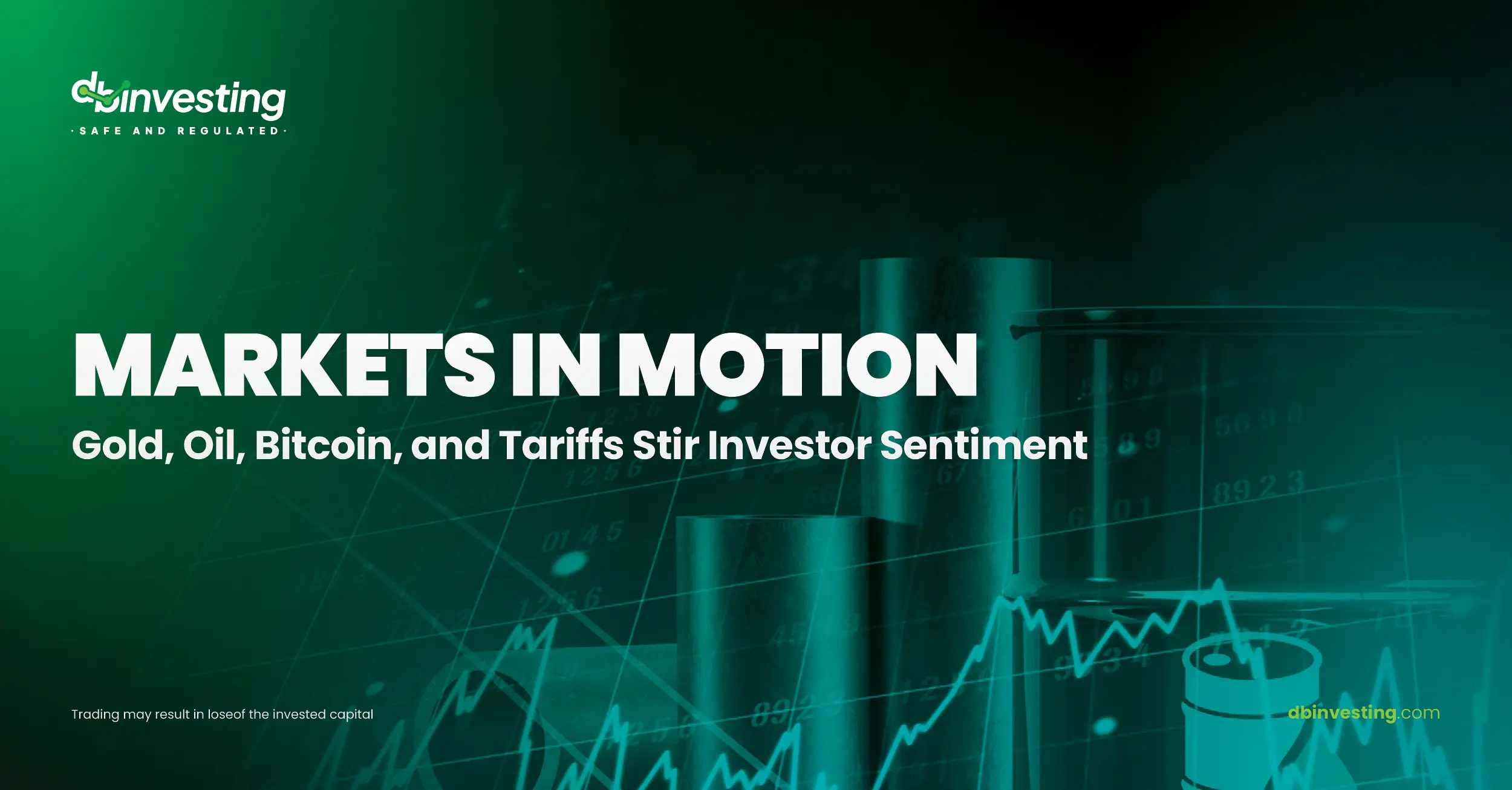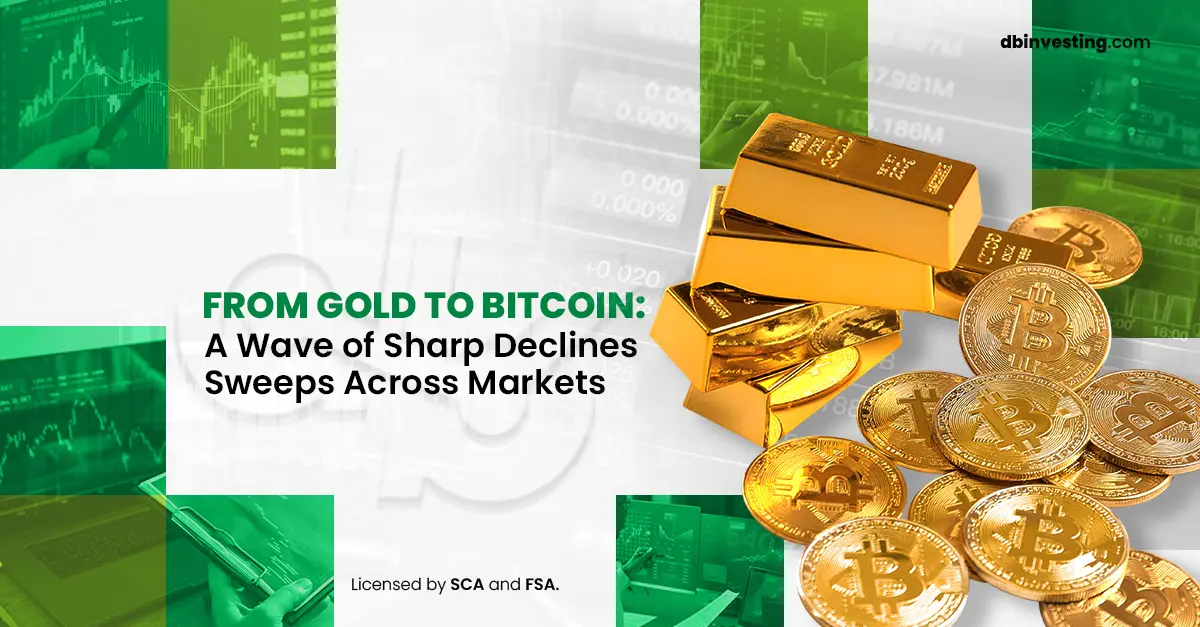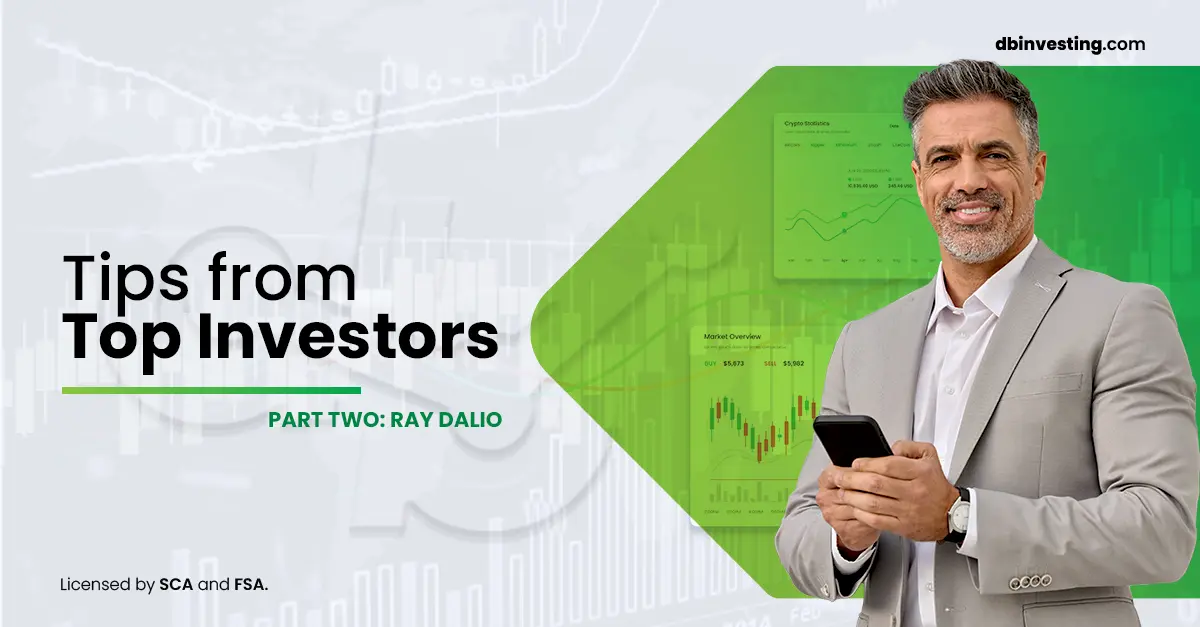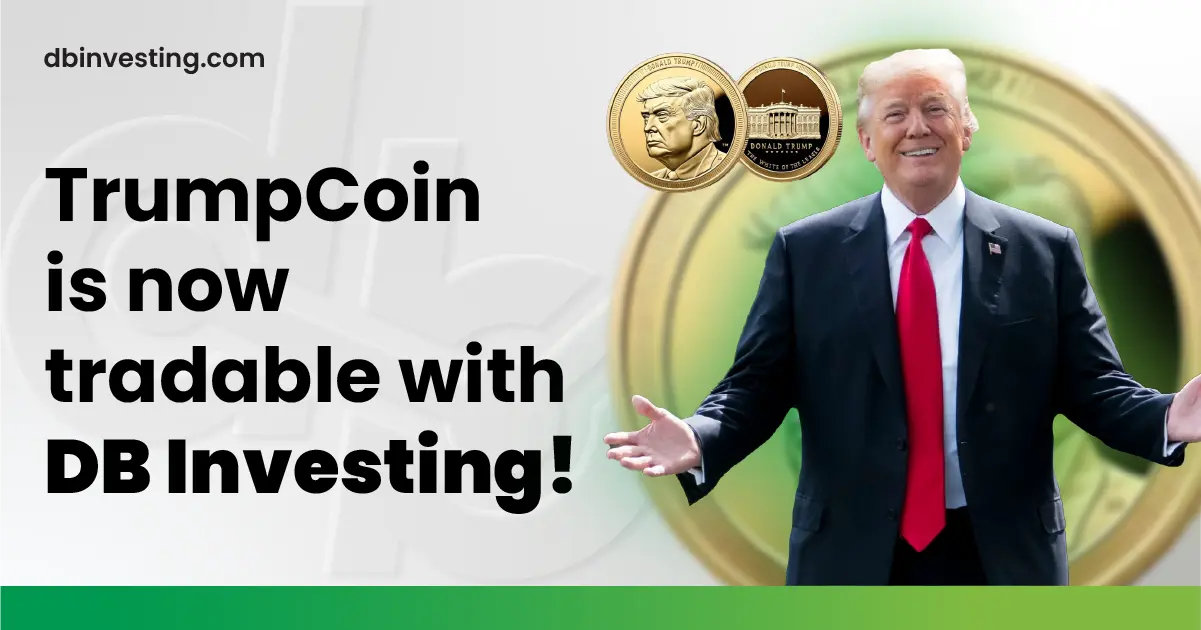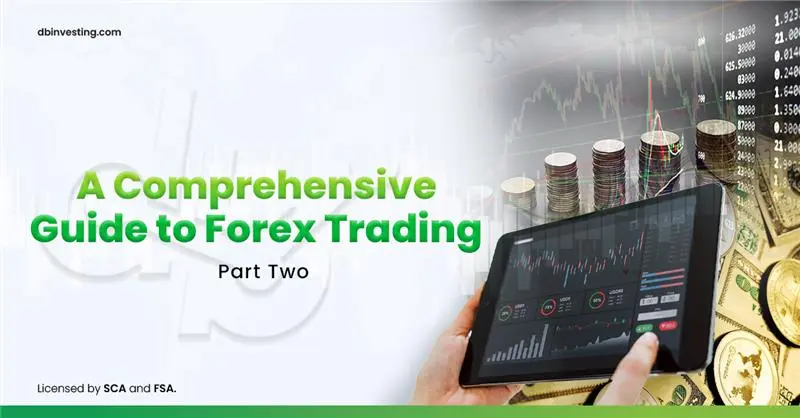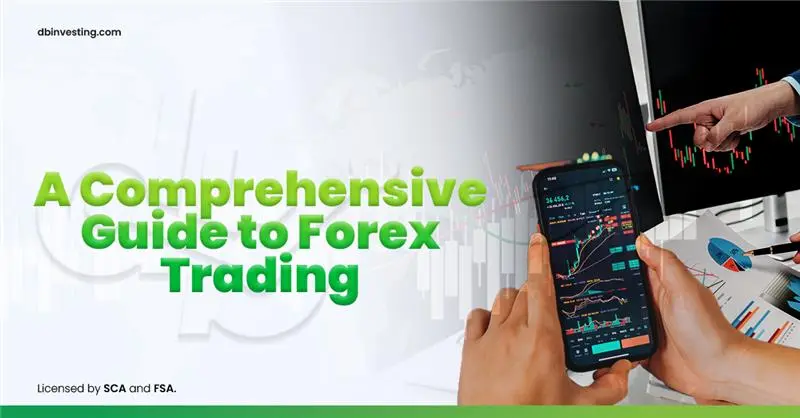Part One
Introduction
General Overview of the Forex Market and Its Importance
The forex market (foreign exchange market) is the largest financial market in the world in terms of daily trading volume. It is characterized by its high liquidity and ease of access, making it one of the most attractive markets for investors and traders globally. The daily trading volume in this market is close to 8 trillion US dollars, providing immense opportunities for profit. However, it also carries high risks that require strong knowledge and prudent risk management.
Why is Forex Trading Attractive?
- High Liquidity: Due to the large number of traders in the market, trades are executed quickly without delays. This liquidity helps reduce the bid-ask spread, which increases the chances of profit.
- Flexibility in Trading: The forex market operates 24 hours a day, five days a week, allowing traders the flexibility to enter the market at any time that suits them. This flexibility allows trading outside of regular working hours or even at night, depending on the different time zones.
- High Volatility: The high volatility in currency prices is an attractive feature for traders, offering greater opportunities for profit. However, this kind of volatility also increases the risk of loss.
- Leverage: Leverage is one of the most important advantages of forex trading, allowing traders to control larger positions than the amount of capital they have. This can amplify profits, but it also increases the potential for losses if caution is not exercised.
Benefits for Traders
- High Profit Potential: With tools like leverage, investors can achieve significant profits from even small price movements.
- Diversity and Opportunities: The forex market offers a wide range of currency pairs to trade, providing varied opportunities for investors.
- Continuous Learning Opportunities: Forex trading offers ongoing learning opportunities to improve skills, with access to educational resources like books, courses, and analytical articles that help traders refine their strategies.
What is Forex?
Understanding the Forex Market
The forex market is a global market where foreign currencies are traded. The term “Forex” is short for “Foreign Exchange.” In this market, currencies are exchanged for one another based on current exchange rates. The market is decentralized, meaning there is no physical location or centralized exchange for trading, but rather it occurs through a network of global banks and brokerage firms.
How Does the Forex Market Work?
Forex works similarly to currency exchange when you travel to another country. When you exchange your local currency for a foreign currency, you are essentially participating in the forex market. If the currency you bought increases in value relative to the one you sold, you make a profit.
The forex market relies on supply and demand offers made by banks, financial institutions, and traders from around the world. Investors can trade currencies throughout the week from Monday to Friday, excluding weekends (Saturday and Sunday).
Currency Pairs in the Forex Market
In the forex market, currencies are traded in pairs, where the value of one currency is compared to the other. Currency pairs are divided into three main categories:
- Major Pairs: These pairs contain the US dollar as one of the two currencies and are the most traded. Examples include:
- EUR/USD: Euro against the US Dollar
- GBP/USD: British Pound against the US Dollar
- Minor Pairs: These pairs do not include the US dollar. Examples include:
- EUR/GBP: Euro against the British Pound
- GBP/JPY: British Pound against the Japanese Yen
- Exotic Pairs (or Rare Currencies): These consist of emerging market currencies such as the Turkish Lira or the Mexican Peso against major currencies like the US Dollar or Euro. Examples include:
- USD/TRY: US Dollar against the Turkish Lira
- EUR/ZAR: Euro against the South African Rand
Role of Currencies in the Global Economy
Currencies play a vital role in international trade and investment, as no economic activity can be conducted internationally without using currencies. Exchange rates are determined by multiple economic factors such as:
- Supply and Demand: When the demand for a currency increases, its value rises, and vice versa.
- Monetary Policies: Central bank decisions regarding interest rates directly affect a currency’s value.
- Political and Economic Stability: Countries with political and economic stability attract investors, leading to a rise in their currency’s value.
Forex Trading: Basic Concepts
Key Forex Trading Terms
To trade forex, there are several key terms every trader must understand, as they clarify the processes and strategies used in the market. Below are some important terms:
- Price: The price of a currency determined by market supply and demand forces. The price is usually presented in a pair format, such as EUR/USD = 1.1800, meaning one Euro equals 1.1800 US dollars.
- Spread: The difference between the bid price and the ask price. The ask price is the price at which a trader can buy the currency, and the bid price is the price at which the trader can sell it. For example, if the ask price for EUR/USD is 1.1805 and the bid price is 1.1803, the spread is 2 pips.
- Pip: A pip is the smallest unit of price change in the currency market. Typically, it is the fourth decimal place. For example, if the price of EUR/USD moves from 1.1800 to 1.1801, it has increased by one pip.
- Margin: The amount of money a trader needs to deposit as collateral to open a position. It is usually expressed as a percentage of the total trade size. For example, if the broker requires a 1% margin, the trader needs to deposit 1% of the total trade size to open the trade.
- Leverage: Leverage is a feature that allows a trader to control a larger position than the amount of capital in their account. For example, if the leverage is 1:100, a trader can open a trade worth $100 for every $1 in their account. While leverage can magnify profits, it also increases the risk of losses.
- Long & Short Positions:
- Long Position: A position where the trader buys a currency expecting its value to rise.
- Short Position: A position where the trader sells a currency expecting its value to fall.
- Fundamental Analysis: This involves evaluating the economic and political situation of a country to predict currency movements. It includes studying factors such as interest rates, inflation, and GDP.
- Technical Analysis: This involves studying charts and historical price data to predict future trends. It uses indicators like moving averages, momentum indicators, and more.
Why These Terms Matter
Understanding these terms helps traders make better decisions in the market. Traders must be fully aware of how the spread, margin, and leverage affect their trades. Additionally, fundamental and technical analysis are essential tools for analyzing the market and making informed decisions about when to enter or exit a trade.
How Forex Trading Works
How Are Currencies Traded?
Forex trading relies on exchanging currencies in pairs. One currency is bought, and the other is sold at the same time. In other words, when you trade in forex, you are betting on the rise or fall in value of one currency relative to another. For example, if you think the value of the Euro will rise against the US Dollar, you would buy the EUR/USD pair. If the Euro’s value rises as expected, you can sell the pair for a profit.
Calculating Profits and Losses
Profits and losses in forex are calculated based on the movement of prices and the number of pips the price moves. The pip, as mentioned earlier, is the smallest possible price change. The size of the profit or loss also depends on the trade size (lot size), which is the unit of measurement for trading in forex.
For example, if the purchase price of EUR/USD is 1.1800, and it moves to 1.1820 when sold, you have made 20 pips. If the trade size is 1 standard lot (100,000 units of currency), each pip is worth $10, so your profit would be $200.
Types of Forex Orders
Several types of orders can be used in forex trading:
- Market Orders: Orders that are executed immediately at the current market price.
- Limit Orders: Orders that are executed when the price reaches a specific level set by the trader.
- Stop Loss Orders: Orders used to set a limit on how much loss a trader can tolerate.
- Stop Orders: Similar to stop-loss orders but used to open a new position when the price reaches a certain level.
Benefits of Using Orders
Using different types of orders helps traders manage risk better and increase their chances of making profits. Market orders provide quick access to the market, while limit orders and stop-loss orders help ensure that traders do not exceed the losses they are willing to accept.
In this first part of the comprehensive forex trading guide, we covered the basics of the forex market, how it operates, and how to trade currencies. We discussed how currency pairs work, as well as key trading terms used by traders in this vast market.
In Part Two, we will delve deeper into the details of the trading process, from how to get started in forex trading to the mechanics of buying and selling currency pairs. We will also explore potential risks and the best times to enter the market. Stay tuned for the continuation of this comprehensive guide to forex trading.
